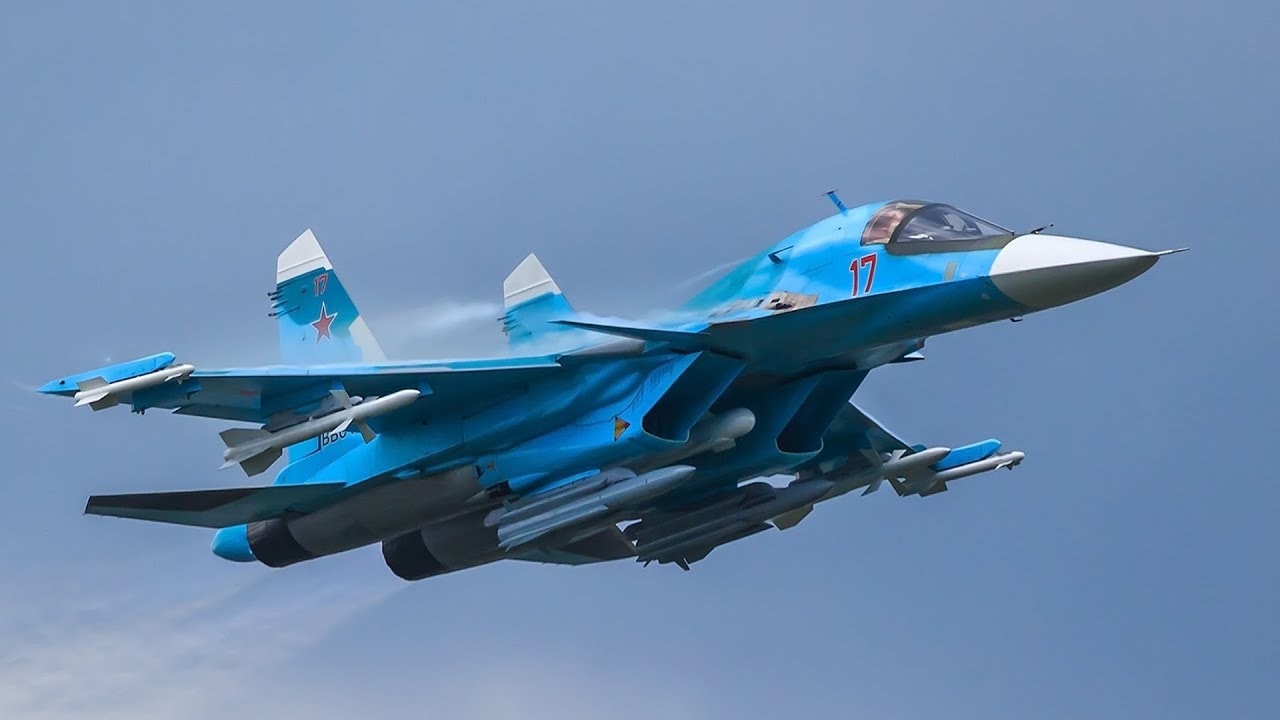What happened to Russia’s vaunted electronic warfare capabilities? The practice of jamming and spoofing enemy missiles, airplanes, drones, and surface-to-air missiles was supposed to be a Russian strength going into the invasion. A former American general warned before the war in Ukraine that Russia had “sophisticated integration” of electronic warfare techniques. The U.S. military even began changing its communication procedures among units in Europe because of perceived advanced electronic warfare practices by the Russians.
What Is the Borisoglebsk-2?
One Russian armored vehicle that has been embedded with invading units is the Borisoglebsk-2 electronic warfare system. The Borisoglebsk-2 is a tracked vehicle that is supposed to spoof enemy communications including GPS. “This is the core system for electronic warfare in the Russian Army, controlling four types of jamming units from a single point,” according to U.S. Army Training and Doctrine Command.
Jamming the Enemy’s Communications
The Borisoglebsk-2 picks up enemy ground and air communications, and when identified, jams them. This is supposed to confuse and blind the Ukrainians and block them from getting a sense of what is happening on the battlefield. Then it removes the ability for commanders to send out orders to troops. It jams the short and ultra-short waves of GPS and cell signals. Three types of jammers are on board to suppress radio traffic of enemy command and control centers.
The Tracked System Can Be Effective If Deployed Correctly
Dr. Thomas Withington specializes in electronic warfare and makes detailed analysis reports on Russian capabilities, including the Borisoglebsk-2.
“Each jammer could cover a surface area of approximately 907 square kilometers (350 square miles)…six Borisoglebsk-2 jammers could potentially detect and jam ground-based radios across a 5,442 square kilometers (2,101 square mile) area,” Withington wrote in an article in Armada International on March 2.
But the Russians Are Not Dominating the EW Space
This system sounds great on paper, but what is keeping the Russians from dominating in electronic warfare in Ukraine?
One reason is that the Ukrainian military is aware of Russian capabilities and has ordered soldiers and pilots to make eliminating the systems a priority. The Ukrainian Minister of Defense has even encouraged civilians to target the vehicles with whatever means they have at their disposal.
It’s Still About Logistics
Other analysts believe the Russians are failing to execute basic tactics in maneuver warfare and this is keeping electronic warfare assets from doing their job – revealing a symptom of bigger problems in combat.
“One of the reasons that we’re seeing them (electronic warfare) not being used is just a complete and utter failure of logistical and command and control in aggregate across the board,” according to Virginia Tech professor Aaron Brantly speaking in an interview with Fedscoop.
The Russians Are Not In Position to Use Electronic Warfare
Armored convoys that would include systems such as the Borisoglebsk-2 have bogged down before reaching their objectives and have not allowed the electronic warfare vehicles to enter and occupy the space they need to make a difference on the battlefield. If they do get in place, they may be interfering with Russian’s own communications as there are reports of Russians using commercial-off-the-shelf cell phones to communicate at the platoon and company level.
Russian electronic warfare has by these accounts appeared to have failed in Ukraine, but that could change as the Russians re-group and adjust tactics at the battalion tactical group level and below. Ukraine knows which vehicles are doing the communications jamming and are targeting them for destruction. However, as Ukrainians fall back from rural areas to defend cities the Russians may be able to set up their jamming equipment and still blind the defenders.
Now serving as 1945’s Defense and National Security Editor, Brent M. Eastwood, PhD, is the author of Humans, Machines, and Data: Future Trends in Warfare. He is an Emerging Threats expert and former U.S. Army Infantry officer. You can follow him on Twitter @BMEastwood.

